Are rolled oatmeal, oatmeal, and oats the same thing or are there differences?
Oatmeal is known for its beneficial effects on the body. Not only food products are made from oats, but also medicines. There are many varieties of oatmeal on store shelves. The buyer can choose his favorite breakfast according to his taste and budget. Some porridges require cooking, others just need to be brewed with boiling water, so you can choose not only your favorite flavor, but also save time on preparing breakfast.
After reading the label, you will notice that some cereals are called “whole oatmeal,” while others are called “oatmeal.” There is also the “Hercules” familiar to everyone from childhood. Let's figure out how these types of oatmeal differ, what grain oatmeal is made from, and what is healthier.
Botanical description and use of oats
In agriculture, a fodder cereal of the type Oats (Avena sativa) is grown. This annual herbaceous plant is unpretentious and resistant to unfavorable environmental conditions, produces a rich harvest and is successfully cultivated throughout Russia, including in the northern latitudes.
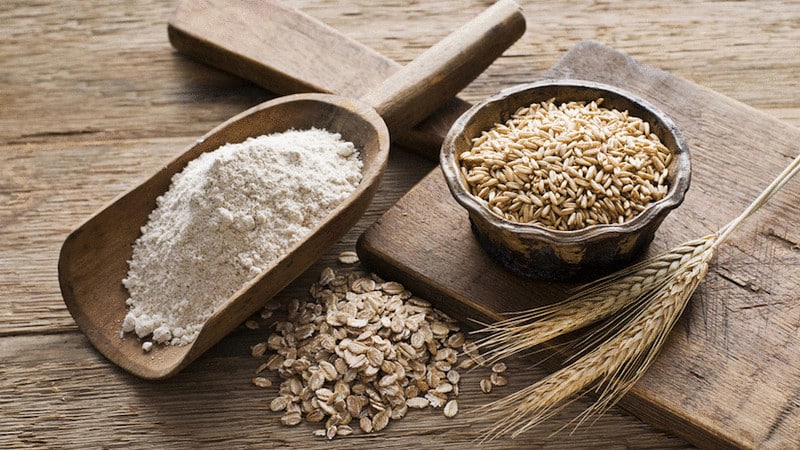
Signs of oats:
- The plant belongs to the class Monocots, the seed has 1 cotyledon.
- The growing season lasts 1 year.
- The root system is fibrous.
- Plant height is 50-170 cm, the stem is a straw with nodes, 3-6 mm in diameter.
- The leaves on the stem are arranged alternately, the leaf shape is linear with parallel veins, 20-45 cm in length and 8-30 mm in width.
- The flowers are small, inconspicuous, spinous, collected in an inflorescence panicle 25 cm in length.
- Fruit type: grain.
- The plant blooms in temperate latitudes from June to August, fruit ripening from September to October.
Oats have 2 subspecies: chaffy and naked. The first has a higher yield.
Oats are used to produce cereals, flour and a coffee substitute - a coffee drink. Oat products and whole grains are used to produce animal feed. In the pharmaceutical industry, healing tinctures and preparations for treating the liver are prepared from oats, for example, “Ovesol”. Due to the diversity of its amino acid composition, oat protein is used as a component of sports nutrition.
Oats are not oatmeal. Oats are whole mature grains of the cereal of the same name, which are used as raw materials for the production of oat groats, commonly called oatmeal. Several types of cereals are prepared from oat grains: whole oatmeal and oat flakes, more familiar to consumers under the name “rolled oats.”
Let's take a closer look at how oatmeal differs from oatmeal and what brings more health benefits.
Composition of oats and cereals based on them
Most of the oat crop is processed into cereals and flour for further use for culinary purposes.
The chemical composition, vitamin and mineral content of whole oat grains are presented in the table.
| Oat component | Amount per 100 g of dry grains | % of recommended daily intake |
|---|---|---|
| Squirrels | 10 g | 17 % |
| Fats | 6.2 g | 9 % |
| Carbohydrates | 55.1 g | 19 % |
| Cellulose | 12 g | 60 % |
| Water | 13.5 g | — |
| Beta carotene | 20 mcg | — |
| Vitamin A | 2 mcg | — |
| Vitamin E | 1.4 mg | 9 % |
| Vitamin B1 | 0.47 mg | 31 % |
| Vitamin B2 | 0.12 mg | 7 % |
| Vitamin B5 | 1 mg | 20 % |
| Vitamin B6 | 0.26 mg | 13 % |
| Vitamin B9 | 27 mcg | 7 % |
| Vitamin H | 15 mcg | 30 % |
| Vitamin PP | 5.5 mg | 28 % |
| Vitamin B4 (choline) | 110 mg | 22 % |
| Potassium | 421 mg | 17 % |
| Calcium | 117 mg | 12 % |
| Silicon | 1000 mg | 3333% |
| Magnesium | 135 mg | 34 % |
| Sodium | 37 mg | 3 % |
| Sulfur | 96 mg | — |
| Phosphorus | 361 mg | 45 % |
| Chlorine | 119 mg | 5 % |
| Bor | 274 mcg | — |
| Vanadium | 200 mcg | — |
| Iron | 5.5 mg | 31 % |
| Iodine | 7.5 mcg | 5 % |
| Cobalt | 8 mcg | 80 % |
| Manganese | 5.25 mg | 263 % |
| Copper | 0.6 mg | 60 % |
| Molybdenum | 39 mcg | 56 % |
| Selenium | 23.8 mcg | 43 % |
| Fluorine | 117 mcg | 3 % |
| Chromium | 12.8 mcg | 26 % |
| Zinc | 3.61 mg | 30 % |
Calorie content of whole oat grains is 316 kcal.
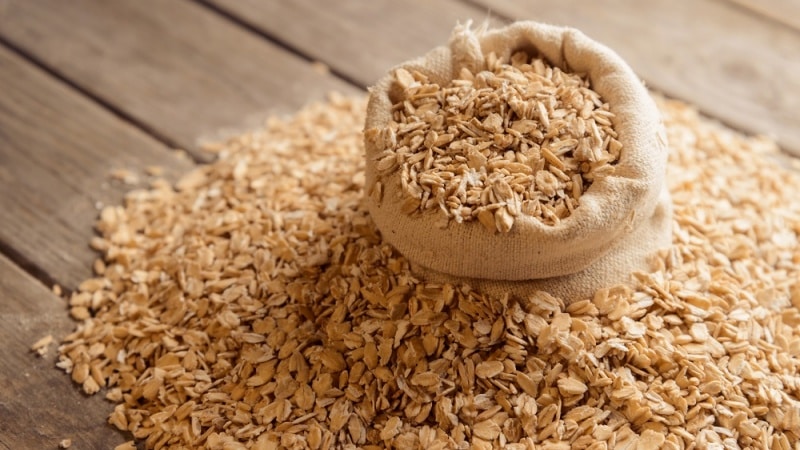
During grain processing, its composition changes. Nutritional values for whole oatmeal and rolled oats are shown in the table below.
| Food component | Amount per 100 g of whole oatmeal | Amount per 100 g of oat flakes |
|---|---|---|
| Squirrels | 12.3 g | 12.3 g |
| Fats | 6.1 g | 6.2 g |
| Carbohydrates | 59.5 g | 61.8 g |
| Cellulose | 8 g | 6 g |
| Water | 12 g | 12 g |
| Beta carotene | — | — |
| Vitamin A | — | — |
| Vitamin E | 1.7 mg | 1.6 mg |
| Vitamin B1 | 0.49 mg | 0.45 mg |
| Vitamin B2 | 0.11 mg | 0.1 mg |
| Vitamin B5 | 0.9 mg | — |
| Vitamin B6 | 0.27 mg | 0.24 mg |
| Vitamin B9 | 29 mcg | 23 mcg |
| Vitamin H | 20 mcg | 20 mcg |
| Vitamin PP | 5.4 mg | 5.6 mg |
| Vitamin B4 (choline) | 94 mg | — |
| Potassium | 362 mg | 330 mg |
| Calcium | 64 mg | 52 mg |
| Silicon | 43 mg | — |
| Magnesium | 116 mg | 129 mg |
| Sodium | 35 mg | 20 mg |
| Sulfur | 81 mg | 88 mg |
| Phosphorus | 349 mg | 328 mg |
| Chlorine | 70 mg | 73 mg |
| Bor | — | — |
| Vanadium | — | — |
| Iron | 3.9 mg | 3.6 mg |
| Iodine | 4.5 mcg | 6 mcg |
| Cobalt | 6.7 mcg | 5 mcg |
| Manganese | 5.05 mg | 3.28 mg |
| Copper | 0.5 mg | 0.45 mg |
| Molybdenum | 38.7 mcg | — |
| Selenium | — | — |
| Fluorine | 84 mcg | 45 mcg |
| Chromium | — | — |
| Zinc | 2.68 mg | 3.1 mg |
Calories in whole oatmeal – 342 kcal, Hercules – 352 kcal. Grinding and heat treatment of grains reduce the amount of vitamins and minerals. This also reduces the amount of dietary fiber, which proportionally increases the amount of carbohydrates in the product.
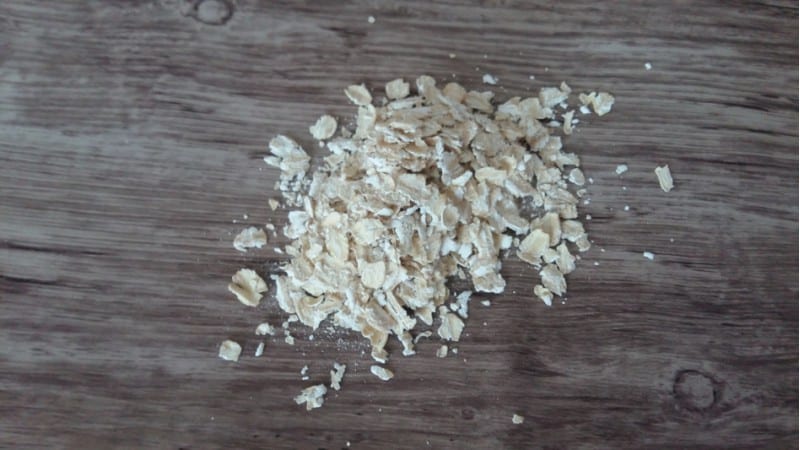
Differences between oats, oatmeal and rolled oats
Oats are whole grains - the raw material for the production of cereals. In their pure form they are not used for cooking.Among vegetarians, sprouted oat grains are valued for their rich mineral composition.
Consumers refer to oatmeal as any cereals and flakes from which the porridge of the same name can be prepared. However, according to the terminology of the agricultural industry, oatmeal is considered only a type of oatmeal that has passed through the production stages:
- cleaning;
- steaming for 1 minute;
- sorting;
- drying;
- packaging.
In this way, hard cereals are obtained, resembling whole grains in shape and color. Such oatmeal requires long-term cooking, but due to short steaming it is more useful, as it retains most of the beneficial substances necessary for human health.
Consumers call any oat flakes Hercules. The origin of this name goes back to the times of the USSR, when the only manufacturer of oatmeal produced it under the name of an ancient Greek hero. Over time, the proper name became a household name, since there were no other trade names for this product on the Soviet consumer market. Other producers, after the “emancipation” of the economy as a result of the collapse of the Union, also began to call oatmeal rolled oats.
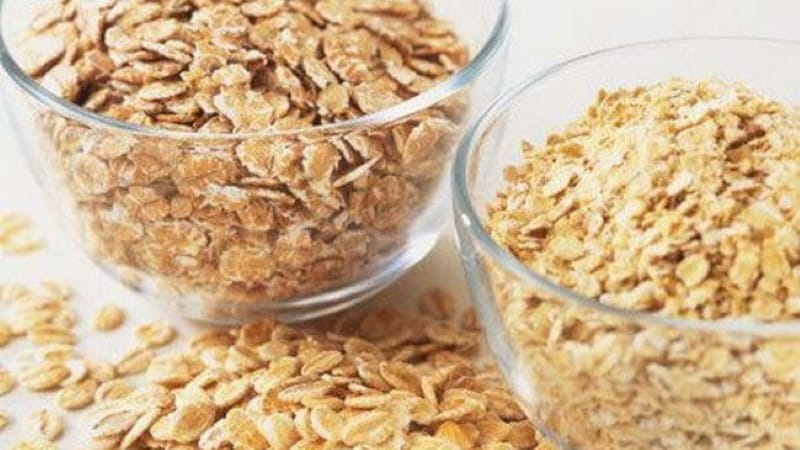
Rolled oats are made from oat groats rather than whole oat grains. During production, it goes through the following technological stages:
- sorting and preparing cereals;
- steaming for 2-3 minutes;
- crushing and crumbling;
- exposure 25-30 minutes. at high humidity;
- flattening of cereals;
- sifting, cooling and drying;
- packaging.
Oat flakes are produced in several types: rolled oats - premium, petal and "extra", which are divided into classes under the numbers:
- No. 1 – made from whole grains, require cooking for up to 10 minutes;
- No. 2 – from coarsely ground cereal, boil for up to 5 minutes;
- No. 3 – made from finely ground cereal, does not require cooking.
Oat flakes, unlike whole oatmeal, have the shape of flattened plates. Prolonged heat treatment with steam deprives the product of some beneficial vitamins and minerals, but speeds up the cooking process.
Useful properties of oatmeal
Nutrients (useful substances) included in oat processing products have a variety of beneficial effects on the body:
- Strengthens bone tissue.
- Normalizes hematopoiesis.
- Cleanse the intestines, improve the functioning of the digestive tract.
- Normalize the functions of nervous and muscle tissue.
- Reduces the level of “bad” cholesterol in the blood.
- Restore liver function, cleanse bile ducts.
- Strengthen the immune system.
- Reduce the risk of blood clots.
- Stimulate the processes of regeneration and renewal of the epidermis, rejuvenate the cells of the body.
- Support function pancreas, normalize insulin synthesis.
- Iodine prevents thyroid diseases.
- Sulfur and phosphorus stimulate hair and nail growth.
- Fluoride and calcium strengthen tooth enamel.
- Low calorie content promotes weight loss.
Because whole oats and oat flour retain more fiber, vitamins, and minerals, they are more effective for weight loss and health than rolled oats. To get the maximum benefit, nutritionists recommend eating sprouted oats raw.
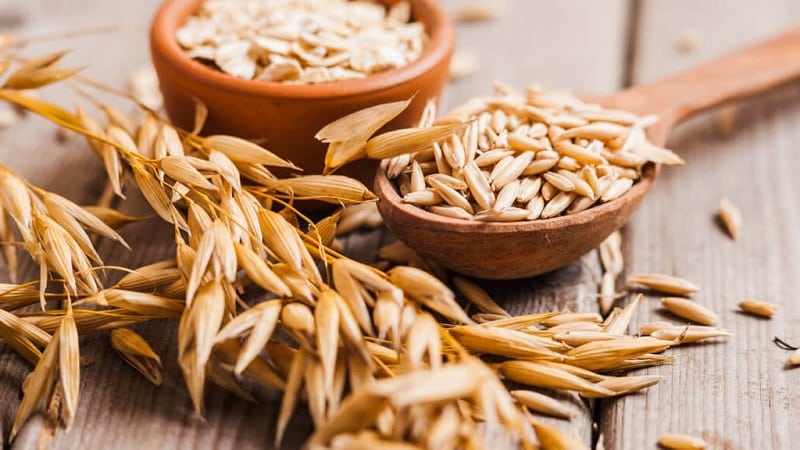
Consumption rates and restrictions on intake of oat products
Oat products can be consumed daily. Nutritionists recommend starting with oatmeal every morning. The consumption rate for a healthy adult is 50-100 g of oatmeal per day (in terms of dry raw materials or flakes).
Like any product, oatmeal has contraindications. It is not recommended to be used for the following diseases:
- Celiac disease. Oats, like all grains, contain avenin - an analogue gluten free.
- Food allergies on gluten proteins of cereals.
- Osteoporosis. Oats and products based on them contain phytic acid, which binds calcium and prevents its absorption in bone tissue.
- Hyperparathyroidism. Increased production of parathyroid hormone and phytic acid will provoke the development of osteoporosis.
- Hyperthyroidism or taking iodine supplements. Since oatmeal contains this trace element, in order to regulate the consistency of its dosage, you should refrain from oat-based products during treatment.
The “healthiness” of oatmeal is also influenced by other ingredients included in the breakfast. If you are lactose intolerant, cook porridge with water rather than milk. People with diabetes Doctors recommend limiting oatmeal consumption to 30 g per day (in terms of dry cereal). Sugar is not added to the porridge, and so that breakfast is not bland, it is enriched with berries and fruits.
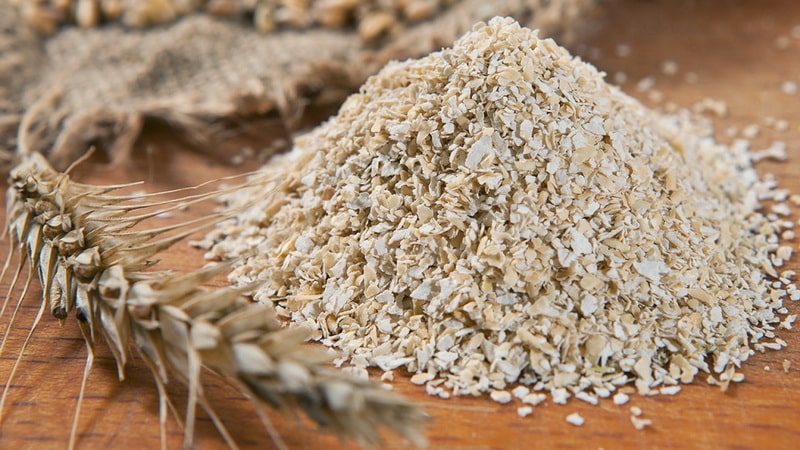
Conclusion
According to agricultural industry terminology, oats and rolled oats are not the same thing. Oats are a cereal grain used to make oat products that are whole grains. Oatmeal is a cereal that is subjected to heat treatment for 1 minute in production, as well as porridge made from oatmeal. Hercules is the name given to one type of oatmeal.
Whole oatmeal contains more useful substances than rolled oats, so this type of cereal is preferable to choose for dietary nutrition and weight loss, despite the long cooking time compared to oatmeal.Of all oat-based foods, they provide the greatest health benefits. sprouted whole oat grains.
Recently I have fallen in love with oatmeal in the morning. I always knew about the benefits of oatmeal for the body, thanks for the article and facts.
Why hasn’t anything been written about the harm gluten has on intestinal health...? Rye, oats, barley, wheat and their derivatives, including oatmeal, are contraindicated for those with gastrointestinal and thyroid diseases... this is the first thing that competent endocrinologists prohibit consuming.
The dangers of gluten are generally a popular myth. It is harmful only to those who are allergic to it or have a specific disease (celiac disease). I don’t think that competent endocrinologists prohibit gluten in the first place. I wouldn't go to an appointment with someone like that.